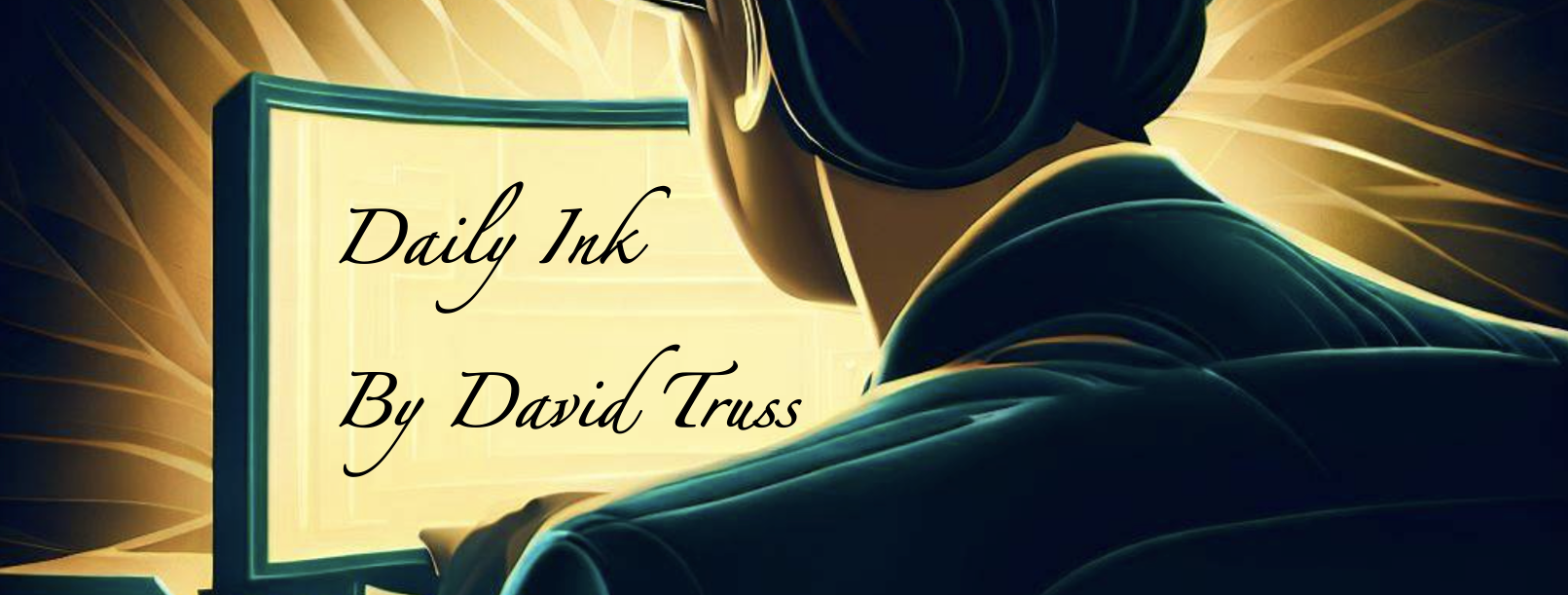I was planning a long post to look at Covid-19 numbers and the pandemic. With global numbers around 1/2 a million new cases a day and 18-20% of those in the US, it is fairly obvious that the 2nd wave is clearly upon us. Some would argue that the second wave is worse than the first wave. I don’t think so, but I do think we are at a dangerous point where it could get worse.
I started taking screen shots and saving links to research, but I really don’t have it in me this Sunday afternoon to be writing a formal essay on Covid-19. If you want some supporting resources, here is a LinkTree to some great research from an epidemiologist.
The following is what has me concerned right now about the pandemic:
1. Of course the numbers now are worse than wave 1. During wave 1 people couldn’t get tested, there weren’t enough tests out there. A relative in California had covid in March and was sent home without a test. She isn’t a March/wave 1 statistic, as many hundreds of thousands were not, simply from a lack of testing. However, that doesn’t mean that the numbers now are good, and without effort to slow the spread, they will get worse.
2. Some people are easily fooled and manipulated. The idea that masks are either something political or something that infringes on personal rights is asinine. That people mix up being a good citizen with being a rule-following sheep is insulting to the human race. We have survived as tribes, and communities, and as a species because we are communal and support each other in times of need. We are in a time of need to cooperate and support each other.
3. There is only one way to achieve herd immunity that is morally acceptable and that is with a vaccine. Any other approach is a disregard for human life and for the most vulnerable people in our society.
4. We will need a large percentage of the population to get vaccinated. This won’t happen initially. I’m completely pro-vaccine. I’m booked for a flu shot. I will get a Covid-19 vaccine… but I’m not racing to get one that has been rushed to market without being properly tested.
5. Speculations: These are assumptions I’m making, unlike the things above that are based on facts, research and common sense, these are things that I believe will happen in the future. (Hopefully still based on common sense, but I could be wrong!)
A) We will have a safe vaccine in 6 months to a year. What that means is that we will be heading into 2022 before we have a grasp of how well we will come out from the shadow of this virus.
B) We will start to see some normalcy to our world in the middle of 2021 because rapid testing will be affordable and widespread. So things like travel can happen with 1-3 day quarantines rather than 14 days. Entire offices or schools could get tested and contact tracing will help reduce the spread. So, despite the vaccine taking more time to arrive, with proper efforts to protect ourselves and to be willingly tested, things will get better before widespread vaccine adoption.
C) Anti-vaccination and anti-mask groups will stop getting the over-glorified attention they don’t deserve, and they will diminish in size. I’m most likely to be wrong with this speculation if the current US president is re-elected, and his downplaying Covid-19 propaganda is permitted to continue.
D) Despite my optimism that anti-vaccine and anti-mask groups popularity will wane, I think we will struggle with: Conspiracy theories being confused for news; Fake news being so common and well presented that it will become harder to distinguish from real news; And, social media will continue to promote the spread of bad ideas for quite some time. We are going to witness an epic battle between Truth, fake news, censorship, and sensationalization that will leave everyone wondering where they can look to find any information that doesn’t need fact checking?
So, take a deep breath, and buckle up for another year of uncertainty. We need to recognize that nothing is going back to 2019’s version of normal for some time. That said, we need to support each other, do our part, keep our BS filters on high alert, and make smart choices as we head into the holiday season and the new year.

Like this:
Like Loading...




















